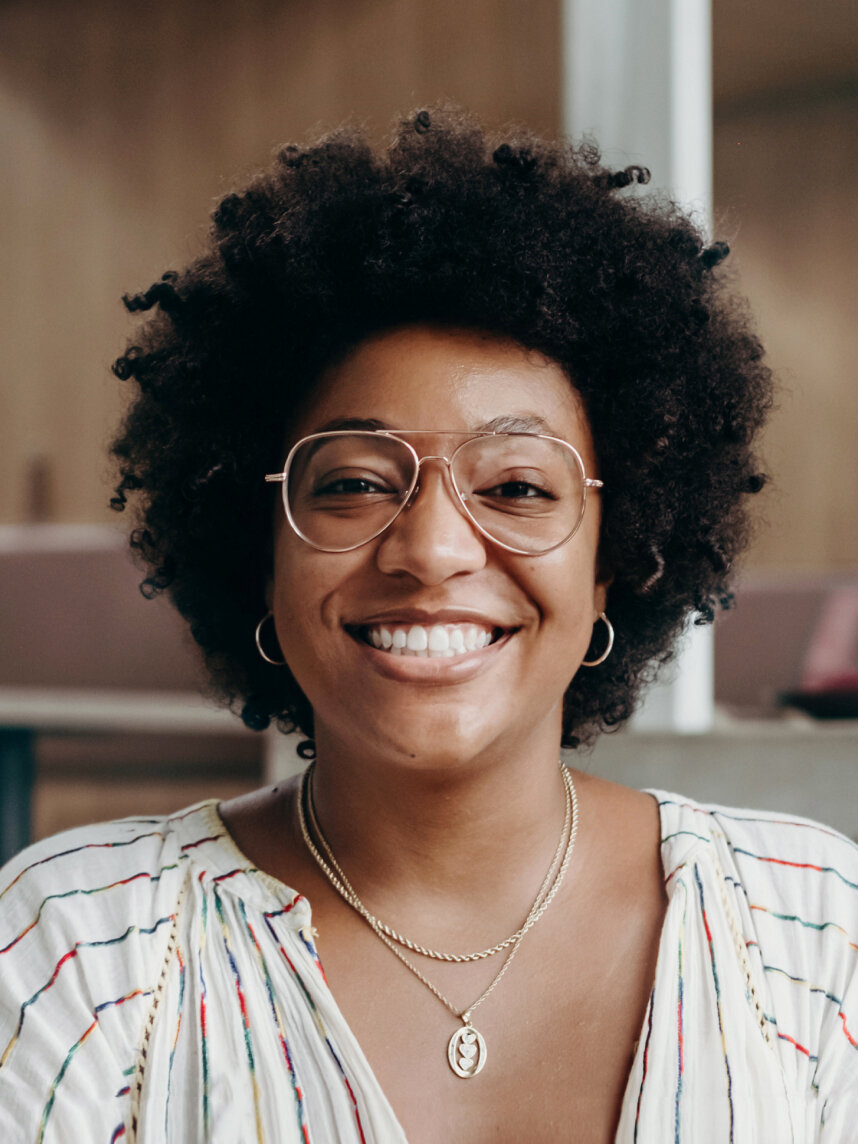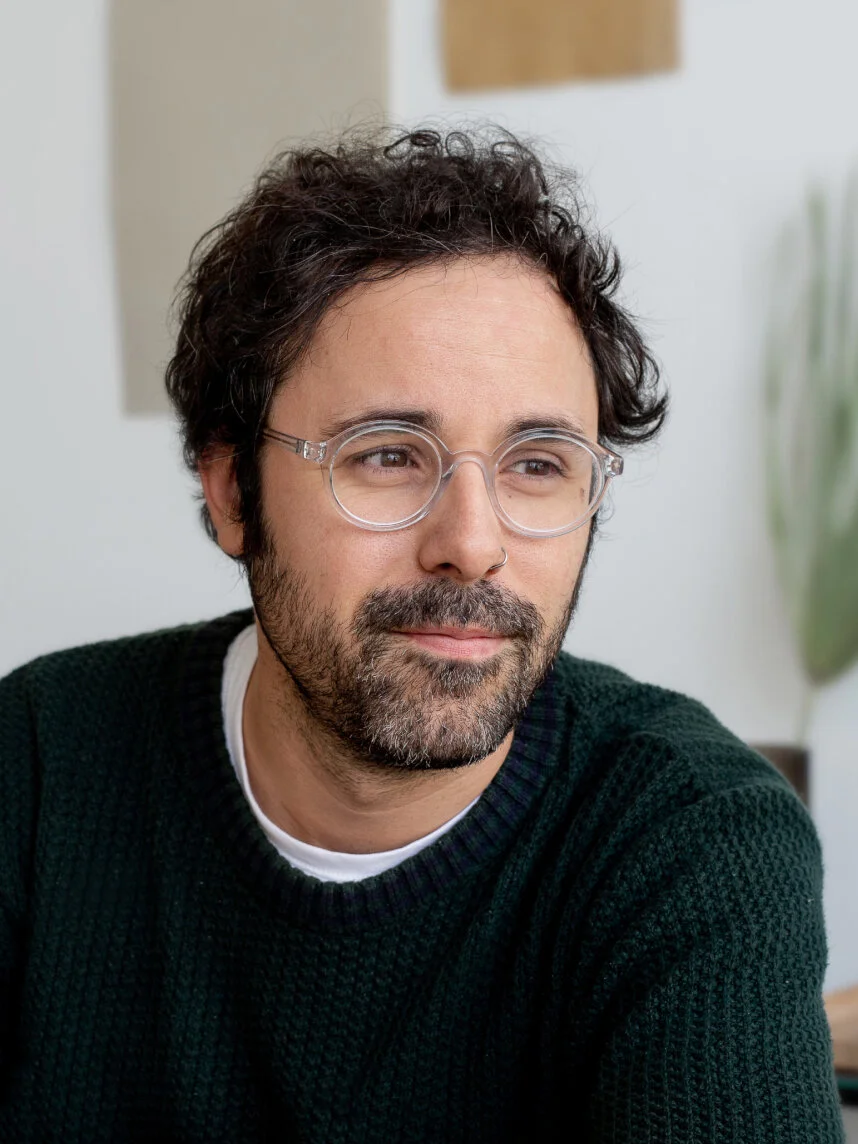IN THIS LESSON
🎯 Lesson Objectives
By the end of this lesson, students will be able to:
Greet people formally and informally
Introduce themselves and ask someone’s name
Use basic expressions of politeness
Say where they are from and ask someone’s origin
🧩 Lesson Structure
🔹 1. Listening: Short Dialogue
Comprehension Questions:
Comment s’appelle la fille ?
Lucas est de quelle nationalité ?
Qui est français(e) ?
Audio/Script:
— Bonjour, je m’appelle Sophie. Et toi ?
— Moi, c’est Lucas. Enchanté !
— Tu es français ?
— Non, je suis espagnol. Et toi ?
— Je suis française.
🔹 2. Speaking Practice
Comment tu t’appelles ?
Tu es d’où ?
Tu es français(e) ?
Tu parles espagnol / anglais ?
🔹 3. Recap & Cool-Down Game: “Bonjour ou Salut?”
Example:
8h du matin → Bonjour
Rencontre entre amis → Salut
19h au restaurant → Bonsoir
📌 Vocabulary Summary
Bonjour Formal “Hello” (morning/day)
Bonsoir Formal “Good evening”
Salut Informal “Hi” or “Bye”À bientôt / À demainSee you soon / tomorrow
Enchanté(e) Nice to meet you
Comment tu t’appelles ? What’s your name?
Je m’appelle… My name is…
Tu es d’où ? Where are you from?
Je suis de… I’m from…
Tu es français(e) ? Are you French?
Oui / Non Yes / No
🔹 4. Writing Task: Create Your “Passeport”
-

Sofia
Bonjour ! Je m’appelle Sofia.
Je suis espagnole.
J’ai 30 ans.
J’habite à Madrid.
Je parle espagnol et un peu français. -

Karim
DESIGN DIRECTOR
Salut ! Moi, c’est Karim.
Je suis algérien.
J’ai 12 ans.
J’habite à Oran.
Je parle arabe et français. -

Anna
SUSTAINABILITY DIRECTOR
Bonjour ! Je m’appelle Anna.
Je suis allemande.
J’ai 14 ans.
J’habite à Berlin.
Je parle allemand, anglais et un peu français
-
Add a short summary or a list of helpful resources here.

